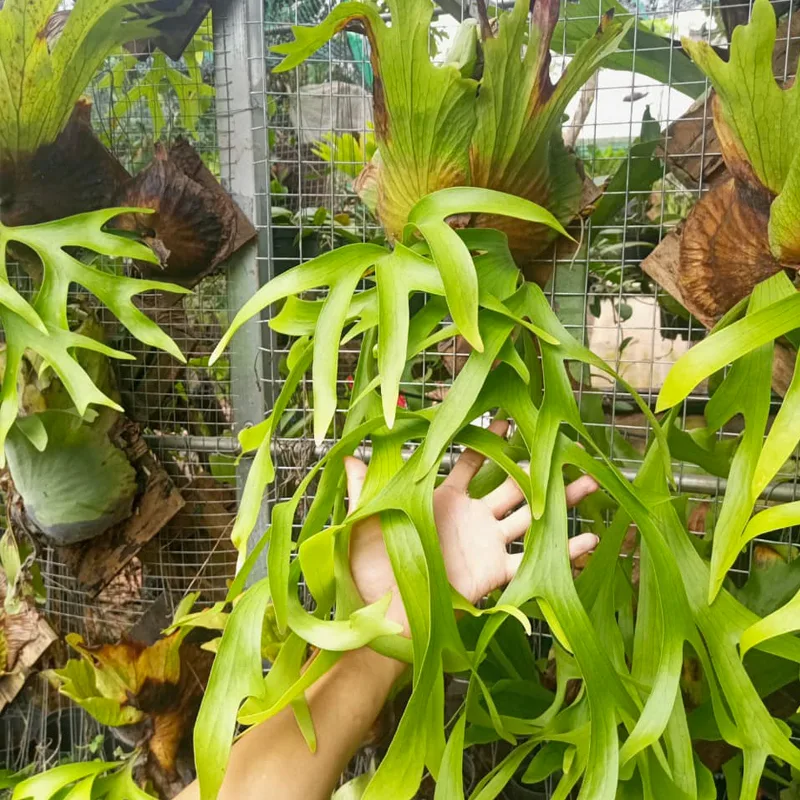
FAQs About Tilia Chingiana: Everything You Need to Know
As an avid plant enthusiast, I’ve had the pleasure of cultivating many fascinating plants over the years, but Tilia Chingiana stands out for its unique characteristics and beauty. Whether you’re a seasoned gardener or a curious beginner, you might have questions about this stunning tree. Here, I’ll address some of the most frequently asked questions about Tilia Chingiana, sharing insights from my personal experience.
38 Species in Genus Tilia – Linden Tree
What Is Tilia Chingiana?
Tilia Chingiana, often known as the Chinese Linden or Chinese Lime, is a deciduous tree native to China. This tree belongs to the Tiliaceae family, which includes other linden species. Tilia Chingiana is admired for its heart-shaped leaves and fragrant yellow flowers that bloom in summer. It’s a medium to large tree, typically reaching heights of 30 to 50 feet with a spread of 20 to 30 feet. The foliage turns a vibrant yellow in the fall, adding seasonal interest to any landscape.
How to Care for Tilia Chingiana?
Caring for Tilia Chingiana is relatively straightforward, but there are a few key considerations to ensure it thrives:
- Soil: Tilia Chingiana prefers well-draining soil that is rich in organic matter. I’ve found it does best in loamy or sandy soil but can tolerate a range of soil types as long as they are not waterlogged.
- Watering: Regular watering is crucial, especially during the first few years as the tree establishes itself. I water my Tilia Chingiana deeply once a week during dry spells. It’s important not to let the soil dry out completely, but also to avoid overwatering.
- Sunlight: This tree thrives in full sun to partial shade. I’ve planted mine in a spot where it receives at least 6 hours of sunlight daily, and it seems to be quite happy there.
- Pruning: Pruning helps maintain the tree’s shape and remove any dead or diseased branches. I usually prune in late winter or early spring before new growth begins. This keeps the tree healthy and promotes a stronger structure.
- Fertilization: Tilia Chingiana benefits from an annual application of balanced fertilizer. I use a general-purpose tree fertilizer in early spring to support its growth.
How to Propagate Tilia Chingiana?
Propagating Tilia Chingiana can be a rewarding process, though it requires patience. Here’s how I approach it:
- From Seeds: Collect seeds in the fall when they are fully matured. Soak them in water for 24 hours before planting. Sow the seeds in a cold frame or a seed-starting mix, and keep them moist. Germination can take several weeks, so patience is key.
- From Cuttings: Semi-hardwood cuttings taken in late summer can be rooted in a mix of perlite and peat. I use rooting hormone to improve success rates and keep the cuttings in a humid environment until they develop roots, which usually takes a few months.
What to Plant with Tilia Chingiana?
When selecting companion plants for Tilia Chingiana, consider its mature size and the space it will occupy. Here are a few plants that work well with Tilia Chingiana in my garden:
- Hostas: Their shade tolerance complements the Tilia Chingiana’s canopy, and they add lush greenery to the garden bed.
- Astilbes: These perennial flowers thrive in the partial shade created by the Tilia Chingiana’s branches, adding color and texture to the landscape.
- Fern Varieties: Ferns like the Japanese Painted Fern or Ostrich Fern grow well under the canopy and contribute to a woodland aesthetic.
- Spring Bulbs: Planting bulbs like tulips or daffodils around the base of the tree provides a burst of color in early spring before the tree’s leaves fully emerge.
Common Problems and Solutions
In my experience, Tilia Chingiana is quite resilient, but there are a few issues to watch out for:
- Pests: Aphids and spider mites can sometimes be a problem. I use insecticidal soap or neem oil to manage these pests effectively.
- Diseases: Leaf spot and powdery mildew can occasionally affect Tilia Chingiana. Ensuring proper spacing for air circulation and avoiding overhead watering helps prevent these issues.
- Dropping Leaves: If you notice premature leaf drop, it could be due to drought or overwatering. Adjust your watering schedule as needed and ensure proper drainage.
How to Harvest and Use the Flowers?
The fragrant yellow flowers of Tilia Chingiana are not only beautiful but also useful. I often harvest them in late summer for their sweet scent and potential medicinal uses. The flowers can be used to make herbal tea, which is known for its calming properties. Simply dry the flowers and steep them in hot water for a soothing drink.
Conclusion
Tilia Chingiana is a remarkable tree that adds beauty and value to any garden. With its heart-shaped leaves, fragrant blooms, and vibrant fall color, it’s a tree that offers year-round interest. By understanding how to care for, propagate, and pair it with other plants, you can ensure that this wonderful tree thrives in your garden. I hope these FAQs help you on your journey with Tilia Chingiana. Happy gardening!
If i die, water my plants!



